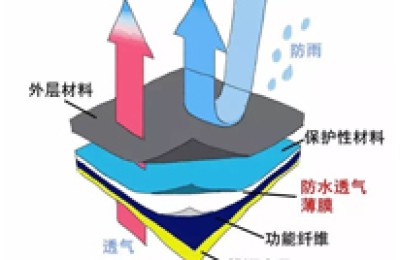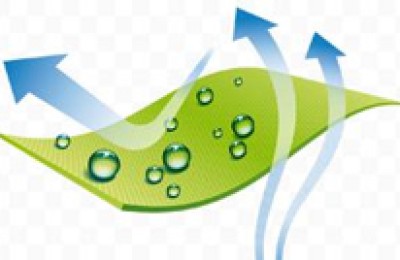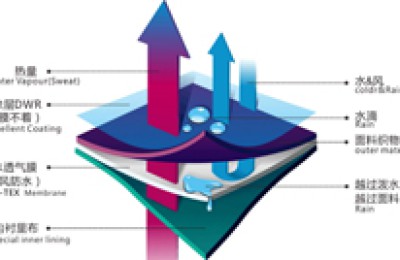What kind of growth and appearance should cotton achieve during the fluffing period?
It takes about 65 days from the beginning to the end of cotton spinning. Entering the catdding period, although the total number of bolls per unit area has been determined, the middle and upper bolls are still developing and enriching, and the boll weight and lint content are far from being determined, so field management cannot be ignored. Cotton enters the fluffing stage, the vegetative growth gradually declines, and the leaves begin to fade from dark green to yellow-green. The upper fruit branches of strong cotton plants are flat and have 2 to 3 fruit nodes. When the lower fruit branches begin to sprout catkins, there are still about 10 buds on the whole plant, and the upper fruit branches can still bloom a flower every three days or so, which is the so-called “white flowers bloom on the lower part (catkins bloom) and yellow flowers bloom on the upper part”. When entering the flocculation period, the leaf area coefficient has dropped to 2.5 to 3.0, and will continue to decline thereafter. The color of growing cotton bolls is green, and the shells of mature cotton bolls are thin and fluffy. If the upper fruit branches are very long and stretch upward, with many buds and dark green leaves, the growing cotton bolls are white in color, and the mature cotton bolls are slow to sprout, this is a sign of excessive vegetative growth and late maturity. If the upper fruit branches are short and thin, the fruit branches cannot extend, the bells fall off severely, and the bell leaves are yellow, this is premature aging caused by insufficient growth. Cotton that is green, late-maturing or prematurely senile cannot achieve high yields. These two situations must be improved by strengthening field management during the flowering and bolling stages.
AAAFGHTYHCGER
Disclaimer:
Disclaimer: Some of the texts, pictures, audios, and videos of some articles published on this site are from the Internet and do not represent the views of this site. The copyrights belong to the original authors. If you find that the information reproduced on this website infringes upon your rights, please contact us and we will change or delete it as soon as possible.
AA






